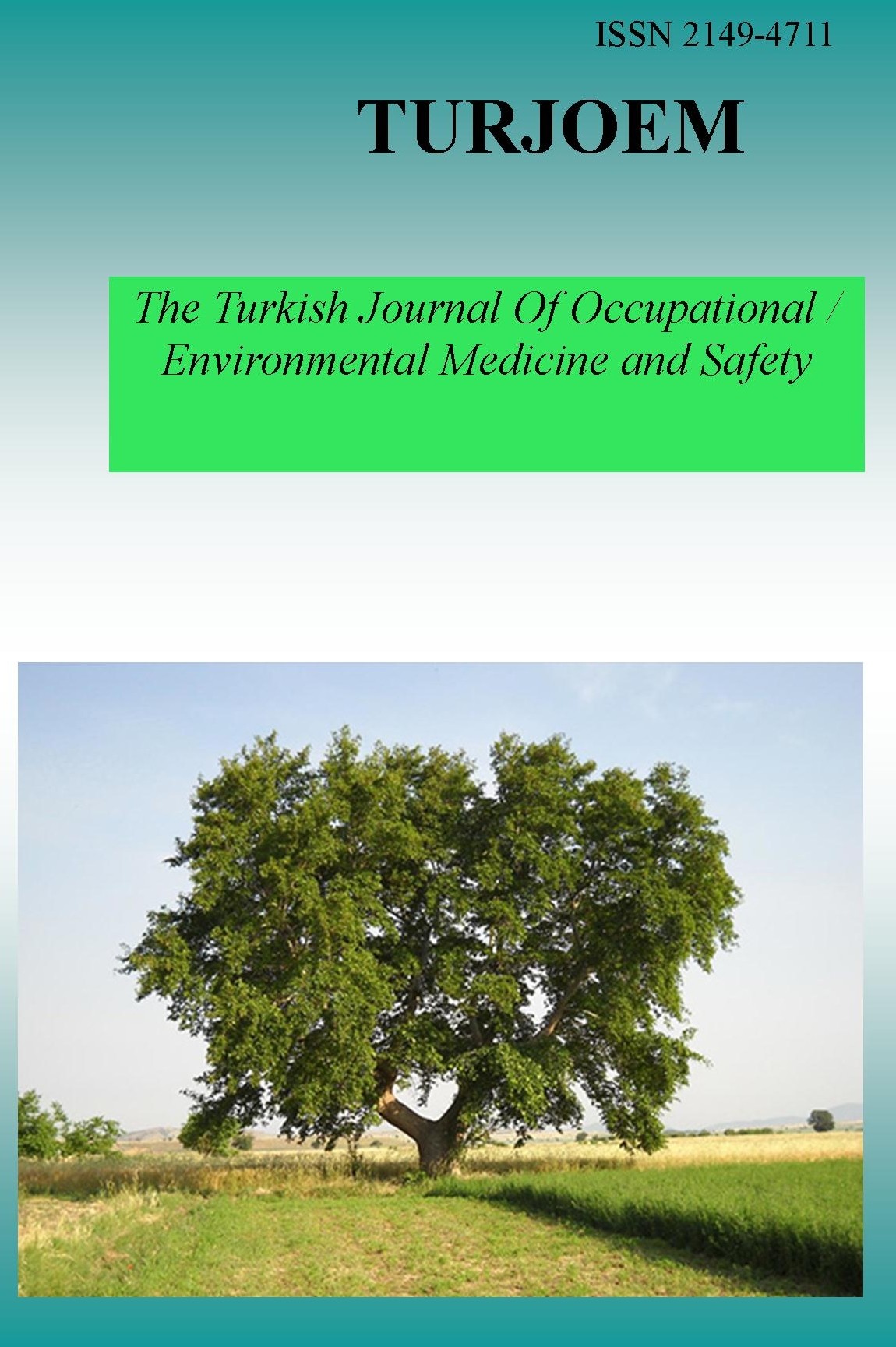IR COUPLED CHEMOMETRICS IN ENVIRONMENTAL, INDUSTRIAL AND FORENSIC STUDIES
IR COUPLED CHEMOMETRICS IN ENVIRONMENTAL, INDUSTRIAL AND FORENSIC STUDIES
IR COUPLED CHEMOMETRICS IN ENVIRONMENTAL,
___
- Rafig GURBANOV, Ayse Gul GOZEN, Feride SEVERCAN Departman of Biochemistry, Middle East Technical University, Turkey
- ISSN: 2149-4711
- Başlangıç: 2015
- Yayıncı: Engin TUTKUN
THE POTENTIAL ROLE OF CYP2D6 PHARMACOGENETICS ON CODEINE TOXICITY
DETERMINATION OF PSYCHOACTIVE SUBSTANCES IN TEN SALVIA SPECIES FROM TURKEY
Seda Damla HATİPOGLU, Burhanettin YALCİNKAYA, Muslum AKGOZ, Turan OZTURK, Gulacti TOPCU, Ahmet C. GOREN
EVALUATION OF MEASUREMENT UNCERTAINTY FOR CARBAMAZEPINE
Almila ŞENAT, Serpil ERDOGAN, Ceylan BAL, Orhan SEN, Pervin BARAN, Ozcan EREL
WARFARE CHEMICALS: MECHANISMS OF ACTION AND LEGAL STATUS
ASSESSMENT OF THE PROTECTIVE EFFECTS OF ANTIOXIDANTS ON ACRYLAMIDE INDUCED TOXICITY IN RATS
Ayfer BECEREN, Sezgın AYDEMIR, Gülden Z. OMURTAG
Gözde KARABULUT, Nurhayat BARLAS
DRUG-RELATED DEATHS AND MORTALITY OF DRUG USERS IN TURKEY: A RETROSPECTIVE STUDY
CHEMICAL EXPOSURE IN TURKISH CHILDREN WORKING IN FURNITURE AND SHOES MAKING SECTORS
Aliye MANDIRACIOĞLU, Safiye ÖZVURMAZ
DETERMINATION OF REMAZOL BRILLANT BLUE R DYE WITH UV-VIS SPECTROSCOPY
Halis YURTSEVEN, Zeliha KAYAALTI
LIPID PEROXIDATION AND DNA DAMAGE IN PLASTIC WORKERS
Gülru GÜRDEMİR, Pınar ERKEKOĞLU, Ali AŞCI, Kübra Gizem YILDIZTEKİN, Aylin BALCI, Ünzile YAMAN, Engin TUTKUN, Dinç YILMAZ, Belma GÜMÜŞEL
